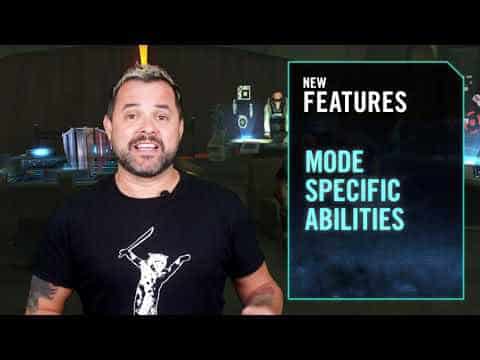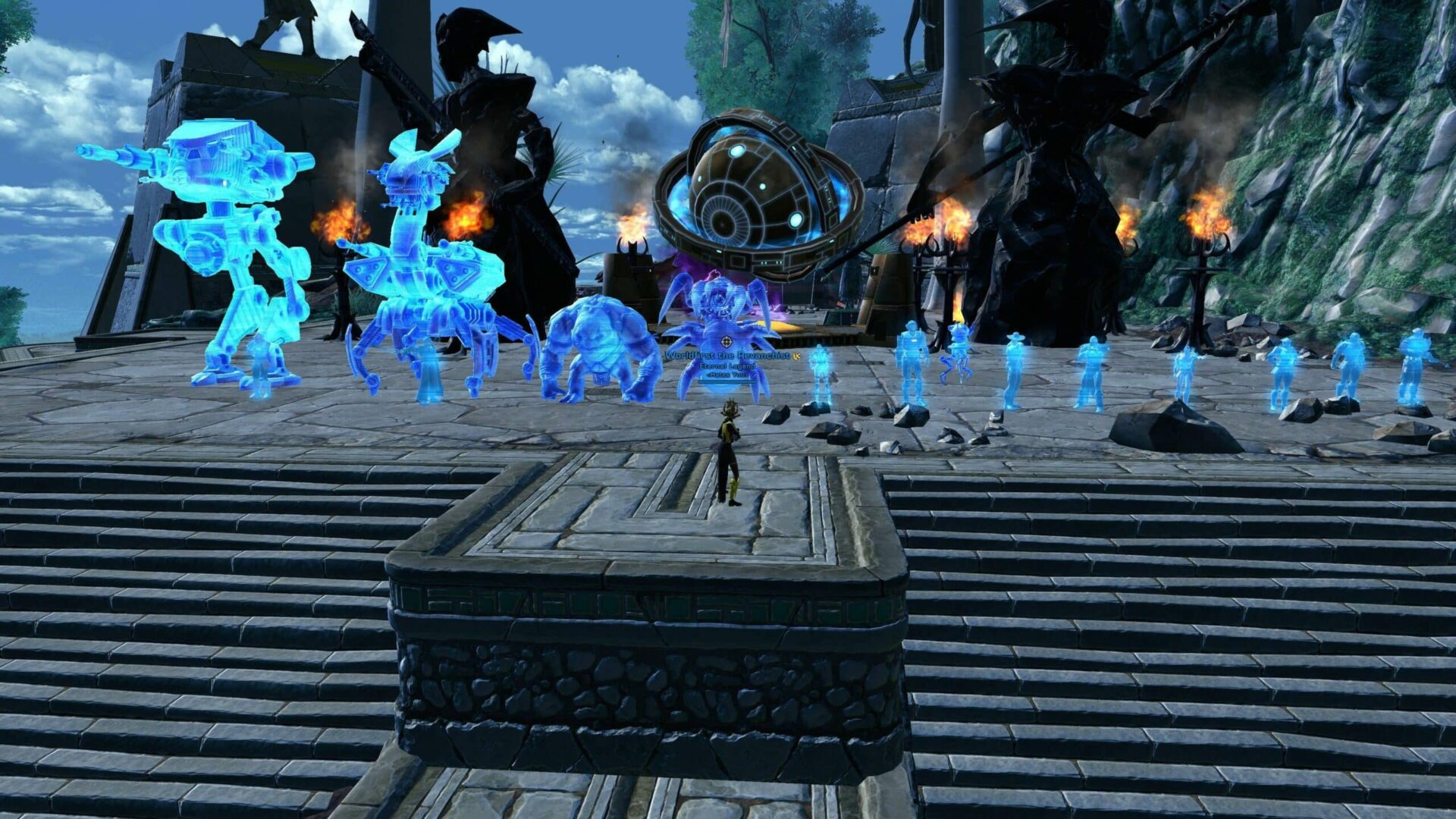In the ever-evolving landscape of education technology (EdTech), educators are constantly bombarded with new software programs promising to revolutionize the learning experience. While these tools hold immense potential to personalize instruction, improve student engagement, and streamline administrative tasks, their implementation often creates data silos. This fragmentation can lead to wasted time spent on manual data entry, inconsistencies across platforms, and ultimately, a hindered ability to leverage the power of EdTech.
OneRoster emerges as a beacon of hope in this complex ecosystem. It’s a data standard specifically designed to bridge the gap between different EdTech tools, fostering seamless communication and data exchange. By establishing a standardized format for crucial information like student enrollment, grades, demographics, and attendance, OneRoster eliminates the need for cumbersome data mapping and custom integrations. This translates into a multitude of benefits for educators, administrators, students, and ultimately, the entire educational community.
Enhanced Communication and Streamlined Workflows
OneRoster’s greatest strength lies in its ability to break down data silos and establish a unified communication channel between EdTech applications. Imagine a scenario where a teacher updates a student’s grade in a learning management system (LMS). Traditionally, this change would likely require manual updates in the gradebook, attendance software, and any other relevant platforms. One Roster eliminates this redundancy by ensuring that the updated grade automatically synchronizes across all integrated systems. This not only saves educators countless hours spent on repetitive data entry but also minimizes the risk of errors and inconsistencies.
The streamlined workflows facilitated by OneRoster extend beyond grade management. With standardized data exchange, educators can effortlessly import student information from the student information system (SIS) into various EdTech tools, eliminating the need for manual data entry at each step. This translates to more time dedicated to creating engaging lesson plans, providing personalized instruction, and fostering meaningful interactions with students.
Improved Data Security and Privacy
In today’s digital age, concerns regarding student data privacy and security are paramount. OneRoster prioritizes these concerns by incorporating robust security measures into its framework. The standard leverages industry-standard authorization protocols to restrict access to data to authorized personnel only. Additionally, OneRoster encrypts data both at rest and in transit, further safeguarding sensitive student information from unauthorized access or breaches.
OneRoster’s focus on data security fosters trust among educators, administrators, and parents. With the assurance that student data is protected by robust security measures, educators can leverage the power of EdTech tools with greater confidence, allowing them to personalize learning experiences and cater to diverse student needs.
Empowering Educators and Students with Real-Time Data
OneRoster’s ability to automate data transfer between the SIS and other systems ensures that both educators and students have access to the most up-to-date information at all times. For educators, this means having instant access to accurate student data, including grades, attendance records, and demographic information. This real-time data empowers them to make informed decisions about instruction, identify struggling students early on, and tailor their teaching approaches to meet individual student needs.
Students also reap significant benefits from OneRoster’s real-time data capabilities. Imagine a student logging into a personalized learning portal and having immediate access to their grades across all subjects, attendance records, and upcoming assignments. This transparency fosters a sense of ownership over their learning journey and empowers students to take a more active role in their academic success.
Fostering Interoperability and Scalability
OneRoster’s commitment to open standards ensures interoperability between a vast array of EdTech tools, regardless of the vendor. This empowers schools and districts to choose the best-of-breed solutions for their specific needs without worrying about compatibility issues. Additionally, OneRoster’s scalability allows it to accommodate the needs of educational institutions of all sizes, from small elementary schools to large, multi-campus districts.
By fostering interoperability and scalability, OneRoster empowers educational institutions to create a truly integrated EdTech ecosystem. This interconnected environment allows educators to leverage the strengths of various tools to personalize learning experiences, improve student outcomes, and ultimately, prepare students for success in the 21st century.
The Road Ahead: A Collaborative Future for EdTech
OneRoster’s impact on the EdTech landscape is undeniable. By establishing a standardized approach to data exchange, it has paved the way for seamless communication and collaboration between educational software programs. As EdTech continues to evolve, OneRoster’s role will become increasingly crucial in ensuring that valuable student data is used effectively to empower educators, personalize learning, and ultimately, improve student outcomes.
The future of OneRoster lies in continued collaboration between educators, software developers, and policymakers. By working together, stakeholders can ensure that the standard remains adaptable to the ever-changing needs of the educational community. With ongoing development and refinement, OneRoster has the potential to revolutionize the way EdTech is used in schools, ultimately creating a more efficient, effective, and engaging learning







